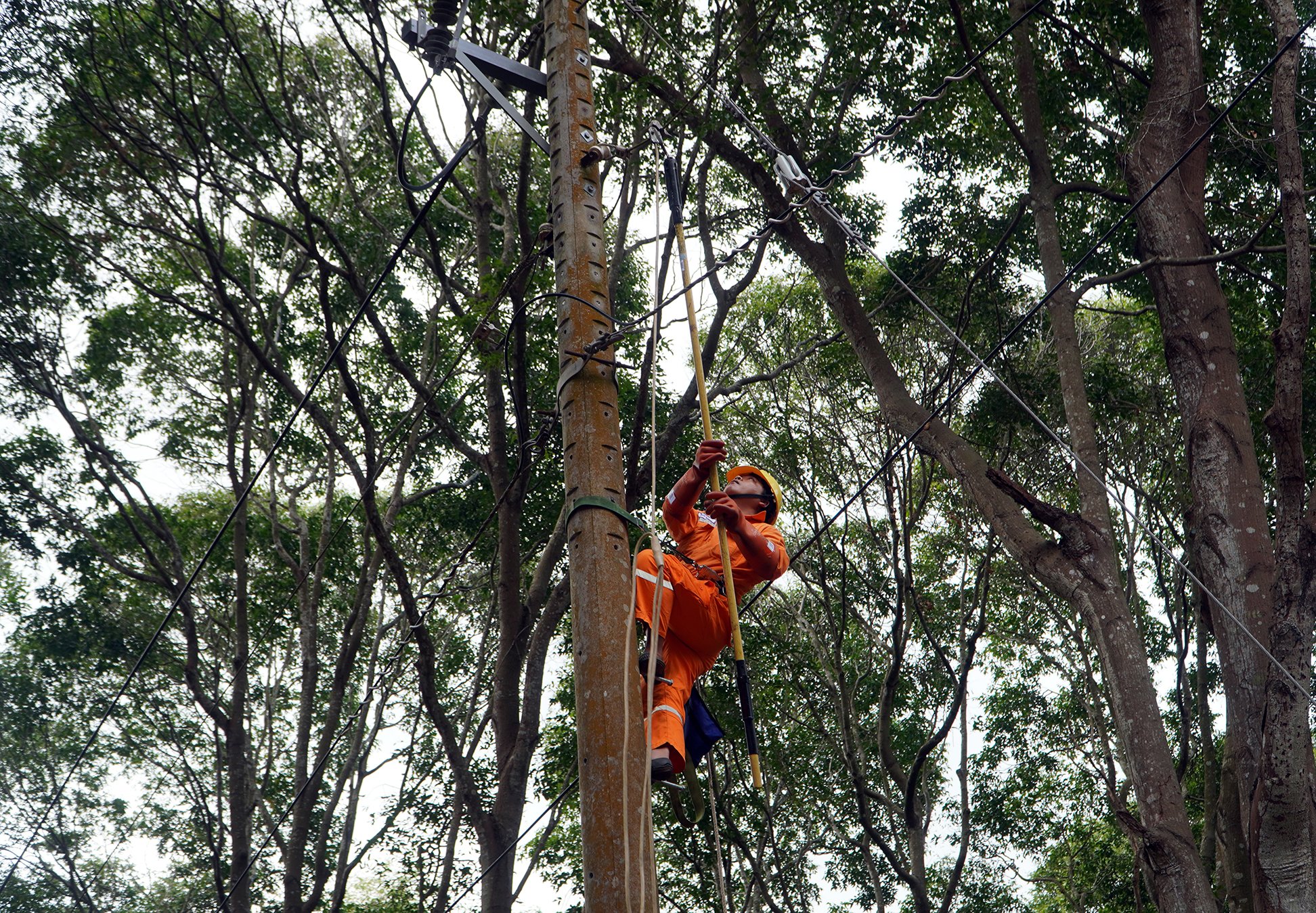 |
| Ba Ria-Vung Tau Electricity Company staff repair and maintain electrical systems. |
How much extra does the customer have to pay?
According to calculations by Vietnam Electricity Group (EVN), after the average retail electricity price increases, the retail electricity price for production customers ranges from 1,234-3,640 VND/kWh; the retail electricity price for business customers ranges from 1,609-5,422 VND/kWh; the household electricity price is calculated in 6 levels, from 1,984-3,460 VND/kWh; the wholesale electricity price for household electricity is in 6 levels, from 1,658-2,744 VND/kWh.
EVN also regulates the wholesale price of household electricity in many different forms, depending on the transformer station invested by the seller or the buyer. In particular, the wholesale price of electricity for industrial parks and industrial clusters ranges from 1,210-3,334 VND/kWh; wholesale price of electricity for commercial-service-residential complexes is divided into 6 levels, from 1,947-3,393 VND/kWh.
Ba Ria-Vung Tau Electricity Company said that there are about 453 thousand electricity customers in the province. Of these, nearly 384 thousand use electricity for domestic purposes, the rest use it for non-domestic purposes. With the newly adjusted electricity price, households using electricity for domestic purposes will pay an additional VND4,550 to more than VND65,050/month, depending on the level of usage. Households using from 101 kWh-200 kWh/month (the largest customer group) will pay an additional VND20,000/month.
For service business customers (12,300 customers), the average increase is more than 330 thousand VND/month; manufacturing customers (36,400 customers) pay an average additional of nearly 680 thousand VND/month; administrative and career customers (6,700 customers) pay an average additional of 125,000 VND/month.
Mr. Tran Thanh Hai, Deputy Director of Ba Ria-Vung Tau Electricity Company, said that this electricity price increase was calculated to minimize the impact on the economy and people's lives.
Ba Ria-Vung Tau Electricity Company said that the calculation of electricity bills in the “interchange” month will be carried out to ensure the best interests of customers. Specifically, this May has 31 days of electricity usage. The new electricity price will be applied from May 10, customers will have 9 days to use the old price and 22 days to use the new price. For example, customer A (standard for 1 household) uses 200kWh of electricity in May 2025. The calculation of the amount of electricity according to the old price list is: 200 (total usage) x 9 (number of days using the old electricity price) divided by 31 (total number of days using electricity in the month) equals 58kWh. The remaining 142kWh of electricity will be calculated according to the new electricity price. The calculation of electricity price steps in May will also change according to the interpolation method. For example, step 1 of the current household electricity price is under 50kWh, then for the first 9 days of May it will be under 14.5kWh (50x9 (days using the old price) divided by 31 (total days of electricity use). And step 1 of 22 at the end of the month will be under 34kWh (50x21 (days using the new price) divided by 31 (total days of electricity use). The calculation is similar for the remaining electricity steps. Thus, the amount of electricity that customers must pay in May (excluding VAT) includes the amount of electricity used in the first 9 days of the month calculated at the old price plus the last 22 days of the month calculated at the new price, according to the adjusted step calculation as above. |
Need to use electricity economically
Currently, it is the peak of hot weather, combined with rising electricity prices, requiring businesses, production facilities, households and small businesses to pay more attention to using electricity economically.
Experts recommend that production and business units need to use machinery with the right capacity and load chart; implement reasonable production plans, limit the mobilization of equipment and machinery with high power consumption during peak hours, use electrical equipment operating without load; install and integrate renewable energy sources into the internal energy system; apply advanced energy-saving techniques, improve technology in industries that consume a lot of energy...
For households, saving electricity needs to be done from the smallest actions, such as: not leaving electrical equipment in standby mode; prioritizing the use of electrical equipment with energy labels, products with Inverter technology; using energy-saving light bulbs; using motion sensors; making the most of natural light and wind...
Article and photos: QUANG VINH
Source: https://baobariavungtau.com.vn/kinh-te/202505/cac-nhom-khach-hang-anh-huong-nhu-the-nao-khi-gia-dien-tang-1042319/




![[Photo] Vietnamese shipbuilding with the aspiration to reach out to the ocean](https://vphoto.vietnam.vn/thumb/1200x675/vietnam/resource/IMAGE/2025/5/20/24ecf0ba837b4c2a8b73853b45e40aa7)

![[Photo] Award ceremony for works on studying and following President Ho Chi Minh](https://vphoto.vietnam.vn/thumb/1200x675/vietnam/resource/IMAGE/2025/5/20/a08ce9374fa544c292cca22d4424e6c0)




















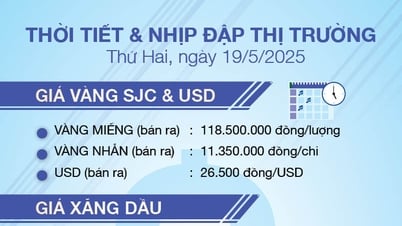
























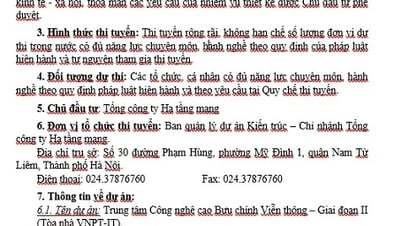


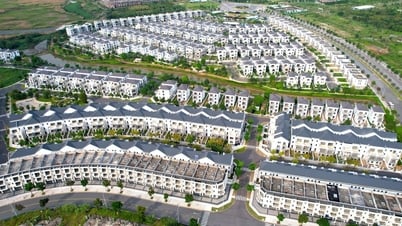










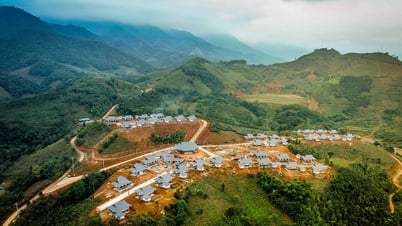















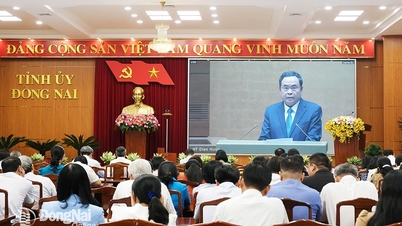













![[VIDEO] - Enhancing the value of Quang Nam OCOP products through trade connections](https://vphoto.vietnam.vn/thumb/402x226/vietnam/resource/IMAGE/2025/5/17/5be5b5fff1f14914986fad159097a677)
Comment (0)